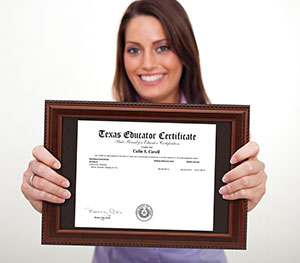Sexual Harassment
Sexual harassment is often defined as unwelcome sexual attention that targets a person based on sex, is intimidating, offensive and has the ability to create a hostile learning environment for your child. In most situations, sexual harassment is a pattern of behavior, but some onetime incidents can be categorized as sexual harassment. There are two main types of sexual harassment you need to watch out for in a school setting: (1) peer sexual harassment and (2) sexual harassment by teachers. Statistics show your children have a much higher percentage of being sexually harassed by peers than by teachers. Almost 70% of children report some form of peer sexual harassment in school, while only around 12% of all students reported sexual harassment by teachers (k-12 schooling).
Sexual harassment is when someone:
- Spreads indecent sexual rumors about you.
- Makes demeaning sexual comments about your body.
- Touches your body inappropriately without your consent.
- Write a nasty sexual comment about you in a public place.
- Shows you pornographic material.
Children experience the highest likelihood of sexual harassment by peers in their class or school. Many studies conducted describe peer sexual harassment as a major problem for school safety. Peer sexual harassment is often times described as a manifestation or extension of bullying. The overall perceptions associated with sexual harassment by peers can be significantly different for boys and girls. When a boy experiences peer sexual harassment, they are more likely not to be as frightened as girls and may even perceive some harassment situations as positive. Girls on the other hand are more likely to receive more physically intrusive and intimidating forms of peer sexual harassment than there male counterparts.
Why do most cases of sexual harassment go unreported?
- The fear women feel in regards to reporting sexual harassment.
a. Fear it was their fault
b. Fear of retaliation
c. Fear of not being believed
- Students do not want to confront their harasser.
Sexual harassment by teachers is less common among students, but can be far more serious in nature. Inappropriate acts committed by teachers can be off campus, on field trips or in the classroom. Your children must look out for the warning signs of sexual advances by teachers. There are three warning signs that may expose teachers inappropriate behavior:
1. Visual – showing your child pornographic material
2. Verbal – commenting on the size of your child’s breast or telling the girls in the class they have nice legs.
3. Physical – Actual physical contact with your child such as pinching, fondling or touching breasts.
Many times the teacher in question facilitating sexual harassment with students does not feel threatened because they believe they have a power position over your child. The power hierarchy within schools can put teachers or administrators in a position to misuse their power.
Truths associated with sexual harassment:
- Many times females are not believed by administrators.
- It is in men’s interest to disbelieve.
- Gender disrespect still runs deep.
- Most cases of sexual harassment go unreported.
School safety needs to become a priority for administrators and teachers before sexual harassment becomes an epidemic problem. However, sexual harassment is not a problem administrators can solve overnight. The problem needs to be dealt with by proactively teaching students and teachers appropriate conduct at school. If not dealt with, sexual harassment can manifest emotional and psychological problems that may emotional scare kids for life.










